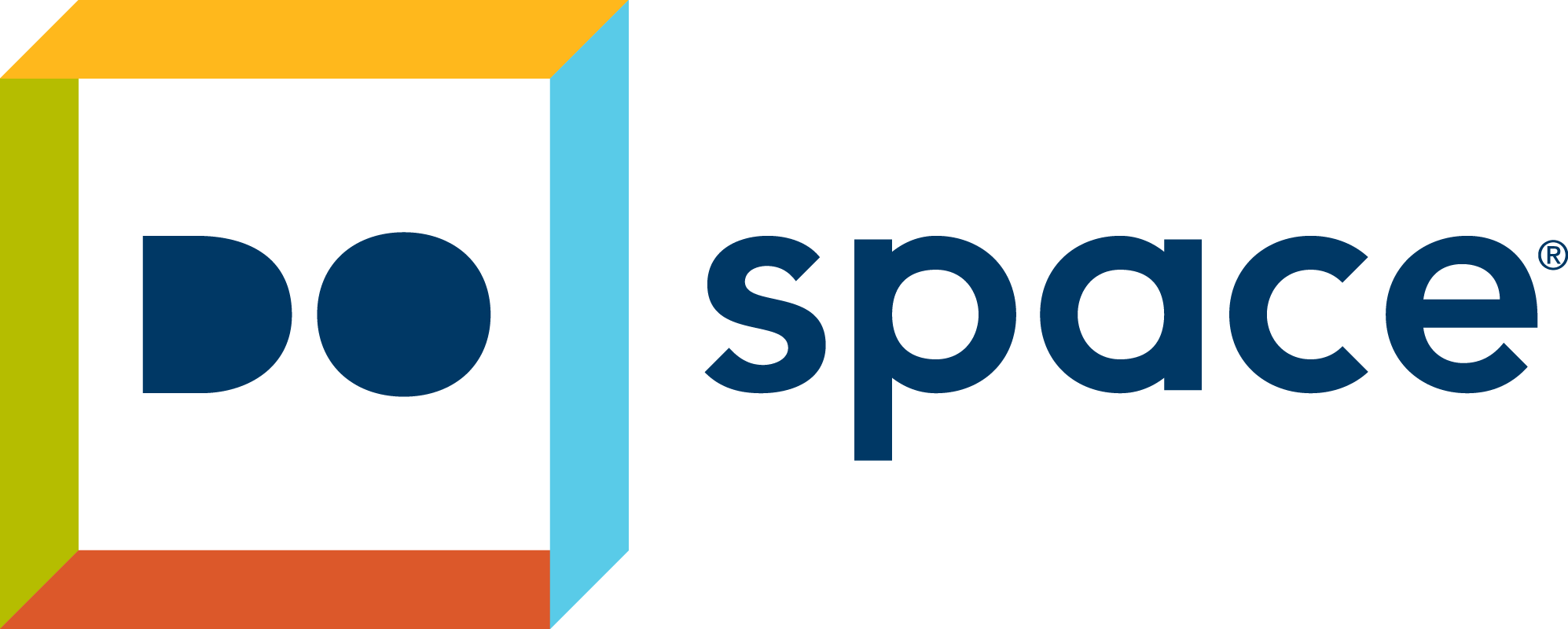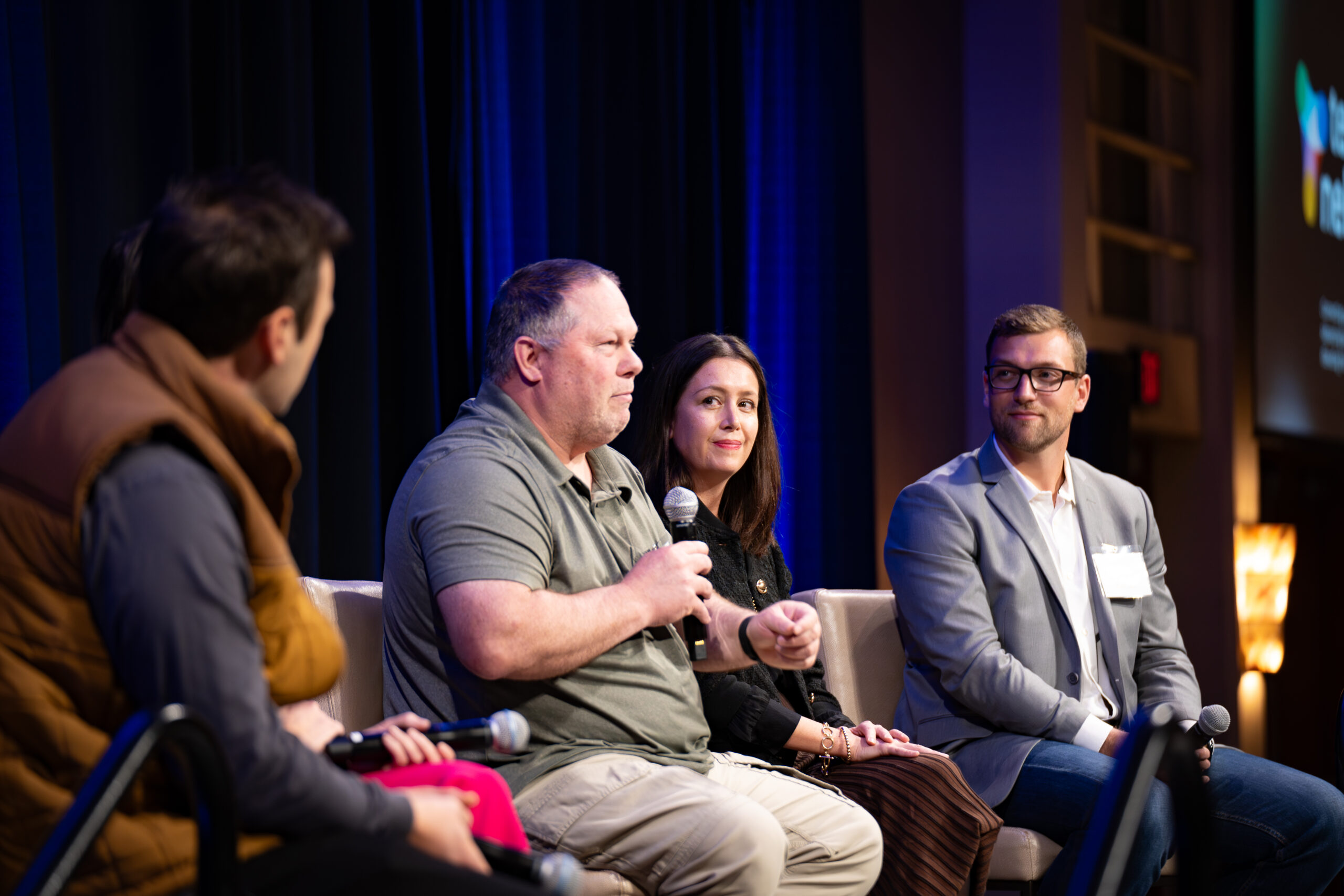 Founder Friday is a weekly guest post written by a founder who is based in or hails from the Silicon Prairie. Each month, a topic relevant to startups is presented and founders share lessons learned or best practices utilized on that topic. February’s topic is sales.
Founder Friday is a weekly guest post written by a founder who is based in or hails from the Silicon Prairie. Each month, a topic relevant to startups is presented and founders share lessons learned or best practices utilized on that topic. February’s topic is sales.
About the author: John Wirtz is the co-founder of Hudl.
I’ll never forget the most intimidating spreadsheet I ever had to face. It was winter 2009, and this piece of paper was just sitting there on my desk staring at me. It wasn’t our sales goals for the year. It wasn’t a list of the hairiest bugs in Hudl. It wasn’t our steadily-decreasing statement of cash flows. It was a list of head football coach names, email addresses, and phone numbers from high schools here in Lincoln, Neb., and it was scaring the hell out of me.
Hudl in winter 2009
Going into the 2008 football season, our Hudl video analysis system was up and running with two, count ’em two, customers. We had the Huskers, the Jets, a great New York Times article, and a long string of promising visits with the best teams in football … but no more sales. We knew coaches loved the concept behind Hudl, but we were not doing well battling through the enterprise sales process with big colleges and NFL teams.
Just before the 2008 football season, we adapted our NFL-caliber product to a fully-hosted, affordable system for high schools and small colleges and rolled it out to 12 pilot schools at no charge. They loved it, and we set our sights on growing to 250 paid high schools over the next 12 months. We wrote a new business plan, raised additional funds, built a beautiful financial model in Excel (full of plenty of hockey-sticks), and were hard at work on this brand new version of Hudl.
Every day I was fired up to tackle this new market, and every day for at least a month, I stared at that spreadsheet of coach contact info then found some other pressing task to tackle.
Why is making the first sale so scary?
As I wrote this post, I gave some more thought to why that spreadsheet and the idea of asking a coach to cut a check felt so daunting. I think it comes down to a few main fears:
What if my customers start expecting us to be a real business?
Once we start charging we have to really start listening and doing what customers ask. No more “thanks for the feedback, we’ll have that handled when we leave beta and start charging.”
What if I just don’t know how to sell?
I don’t know how many sales calls this is going to take. I’ve never made a sales call. Should I literally call them first or email or show up in person? Are they going to just cut a check? Do I need to be able to accept a credit card on the spot?
The Granddaddy Fear: What if no one wants my product?
Hudl for high schools sounded great on paper and looked great in prototype. Our pilot schools were happy with their free version, but gave us plenty of feedback on where Hudl was missing the mark. What if I ask for $800 for our most basic package and just sit through an awkward silence followed by a “no”? What if that happens five times in a row? I’ll let my team and investors down and be covered in a cloud of shame.
Why is it so important to conquer the fear early?
Those fears are all legit. But every person who’s ever built and sold something had to get over them at some point. The sooner, the better for a couple reasons.
Learn fast
All our alpha, beta, and pilot programs gave us a rough sense for whether our target market was the right market, our pricing was in the ballpark, and our product delivered actual value to coaches and athletes. But asking someone to pay full price pulled the truth to the surface in a hurry along with a new batch of challenges that you want to understand early.
Within the first few sales calls, we learned critical new things, like:
- Schools often operate on a firm billing cycle and have to budget in July and pay in August or September
- About half the time, booster clubs are writing the check for Hudl, so they have to be a part of the selling process
- The other half needed a quote, then issues a purchase order, then needed an invoice, then sent payment
- Our $800 starting price was a lot easier to digest when we pitched Hudl as a tool for not just the varsity team but also the JV and freshmen teams
- Since it was the off-season for football, we had to play up the importance of filming drills, lifting, and other off-season activities to convince a coach to pay in February. But it was doable with certain teams.
We not only overcame a lot of these new challenges but turned a batch into brand new benefits we started pitching.
Preserve precious equity
One of the best ways to raise your next round of financing at a high valuation is to have real checks from real customers. It’s not about raking in tens of thousands of dollars – a few hundred may be enough to go a long way with investors. There was a massive jump in investor confidence for us between $0 and the first handful of paying customers. The entire model was seen in a new light and our conversations with them moved past some of the basics to the bigger opportunity.
Excuses
The bummer was I could have been selling months earlier as the 2008 football season was winding down. Instead, I latched onto some excuses that, I’m guessing, are pretty common for other startups.
We haven’t built the signup process yet. Once that’s done, we’ll start charging.
You don’t need a custom signup process. How did you set up the demo and test accounts you’ve been using the past two months? Create a Wufoo form to collect some info and a credit card payment. If you haven’t used Wufoo yet, you’re missing out. In a few minutes, you can have a signup form with exactly what you need ready to go including built-in credit card processing.
Wufoo will email you as soon as a new signup comes through (and it will feel magical when it happens). Copy the info from the email and set up your first real accounts the same way you manually made your test/demo accounts. There’s your signup process. Same thing for physical products. You probably have a prototype already. Wufoo form more “prototypes” = sales.
Another tool we use at Hudl is the letter of intent (LOI). It is a simple, non-binding letter (here’s an example of an old one I dug up (below)) that we ask a coach to sign that says he commits to pay a specific price for Hudl on a specific date in the future. It may also have some additional criteria Hudl needs to meet before the coach will pay. It’s a crutch, so be careful with it, but is a good way to get something close to a real payment instead of walking away empty handed.
Can’t cut a check until September? We can extend your free trial until then as long as we have a signed LOI. Not willing to pay until a major bug is fixed? We can add that contingency to an LOI along with the date we plan to have it fixed and extend the free trial until then. This allows you to keep the relationship and usage going, get a pretty firm commitment, and have a clear date in the future when a final decision needs to be made. It’s not an official contract, but the signature means a lot to most customers. Our conversion rate on LOIs has been just about 100 percent.
We still have some bugs we need to take care of.
…and you always will. Your perfectionism and drive helped get you this far, but now it’s become your arch nemesis. It’s easy to think the progression goes straight from “our perfect baby is being incubated in safe seclusion” to “the whole world is ruthlessly scrutinizing my life’s work.” There are a lot of dots between selling to your first handful of customers and unleashing your creation into the world full-force.
Also, your product is likely much more powerful than you are giving it credit. The first paying customers for Hudl, even ones that bought our most expensive package, were surprisingly patient and understanding when it came to bugs. The problem was, we easily forgot just how powerful the fundamentals of the product were. Coaches just wanted to stop burning DVDs for their team and be able to watch video from home so they could see their families. But we were questioning selling anything until we had ironed out the issues in our tendency reports and the ability to record your voice on top of video. Those were valuable features but not necessary at all to close some early sales.
I’m a product person. We’ll start selling once I hire a salesperson.
Mark Suster wrote a great post on this (and a bunch of other great posts on startup sales). His take:
The mistake many startup people make is they hire a ‘sales person’ to go out and talk with customers so they can do what they’re good at which is building product or ‘running the company.’ Sales people are a different breed, you say. The problem is that in an early stage business there probably isn’t a perfect fit between your early product and a customer’s needs. You learn that by showing them your product, watching their reactions, asking them questions about what they’d like to see improved and then racing back to the office to talk with the team about what you’ve learned and how you can incorporate it into your product plans. Repeat this process 50 times and trust me you’ll see patterns.
Hard to say it a whole lot better than that.
Some thoughts on discounts
You may be thinking, “okay, I’m convinced, but I’m going to start by discounting the bejesus out of our product. It’s only fair given (insert excuse here).” Resist the temptation to wuss out and discount the price into oblivion for early customers. Try to avoid discounting at all. There’s definitely a place for discounts, but it’s important to be careful.
First, you want to get real feedback on where you fit in your customer’s budget. Is your value real? Do your wonderful hockey-stick revenue models hold water? You won’t know if you slap on a 75 percent discount right off the bat. It’s a crutch that you don’t need, and it doesn’t help you prove your vision to your market and your investors. The same goes for building one-off, custom features to close a deal.
You’re going to hear – “it’s just too expensive for us.” That’s just another way to say “it doesn’t deliver enough value to us to justify that price.” That’s your chance to figure out why. It might mean product changes. It might mean tweaking your target market. Either way, the feedback is invaluable and a discount just mutes it or completely smothers it.
Go ask for that money
The best thing I did for Hudl was suck up my pride and start calling those local coaches to make our first sales. I should have done it sooner. The same fear hits me every time we roll out a new product or go after a new market and I’m getting better now at pushing through it and making the ask.
I’d love to hear some of the techniques you’ve used to start selling early when the product is still raw?
Credits: Photo and image courtesy of John Wirtz.
About the Author: John Wirtz is the chief product officer at Hudl, a Lincoln-based company he co-founded in 2006. The company creates a suite of video analysis and coaching tools for sports teams across 20 different sports from youth to the NFL. Their mission is to help coaches win and help every athlete look like a badass.
Find Wirtz on Twitter, @jmwirtz.
Founder Friday is brought to you by the Iowa Economic Development Authority
 Iowa Economic Development Authority (IEDA) is dedicated to supporting innovation by connecting entrepreneurs with resources and development opportunities in Iowa. It salutes the founders of today and tomorrow; encouraging ideas that will invigorate a new economy. Please visit iowaeconomicdevelopment.com for more information on how IEDA can help your business ideas come to life.
Iowa Economic Development Authority (IEDA) is dedicated to supporting innovation by connecting entrepreneurs with resources and development opportunities in Iowa. It salutes the founders of today and tomorrow; encouraging ideas that will invigorate a new economy. Please visit iowaeconomicdevelopment.com for more information on how IEDA can help your business ideas come to life.





2 responses to “I know it’s scary, but ask for the money”
[…] “I know it’s scary, but ask for the money” – SPN […]
So much good information here, thanks, John!! Some developer friends and I were just talking today about a startup idea and when to get investment and how to do the first sales, so although you posted this a while ago I found it at the right time.